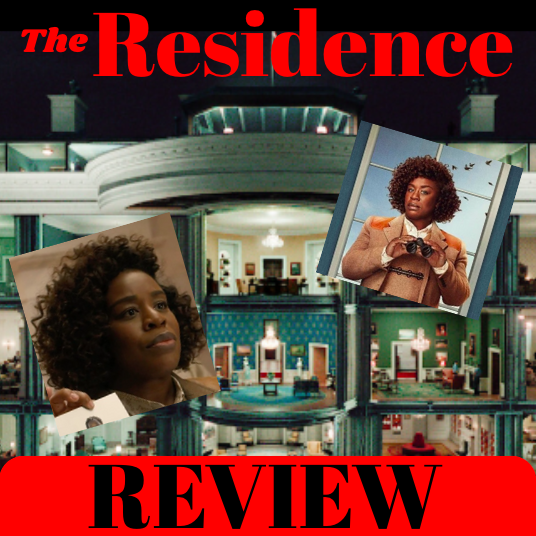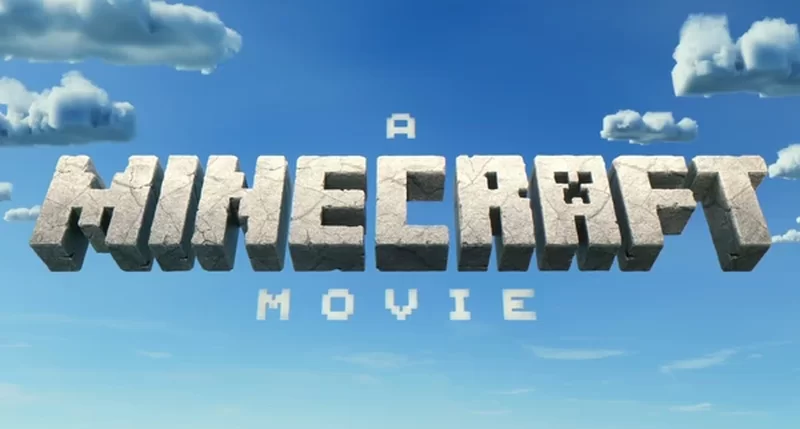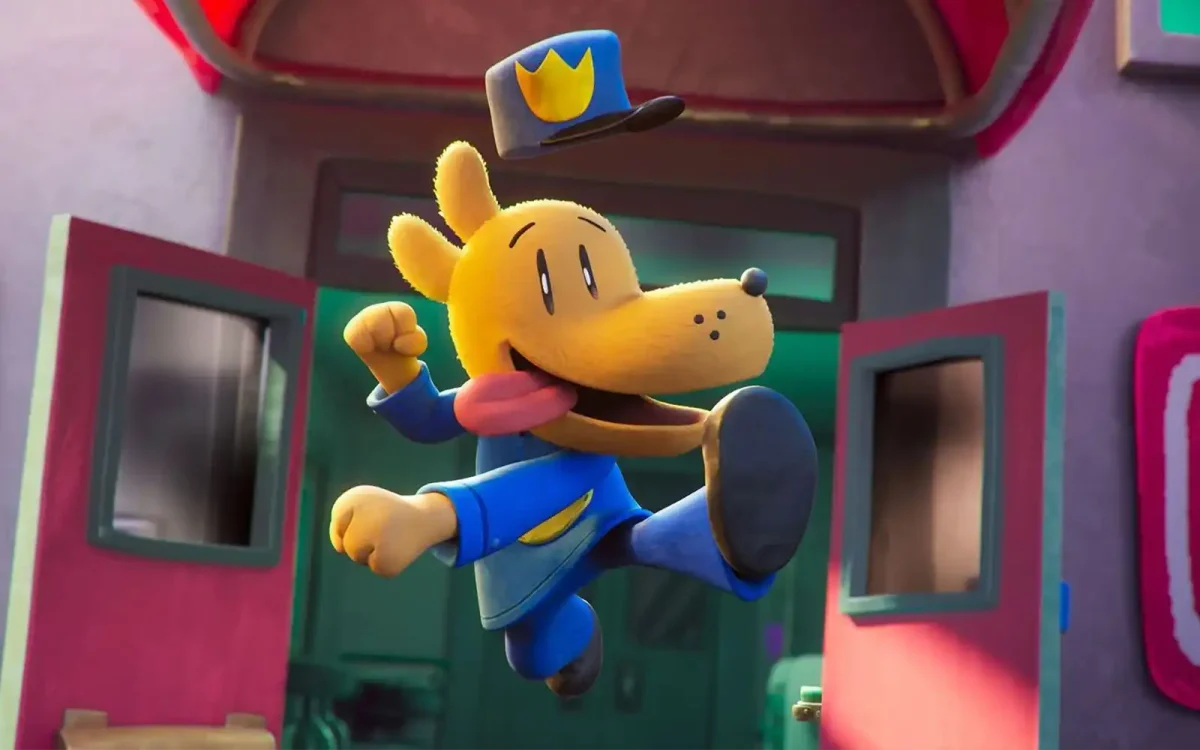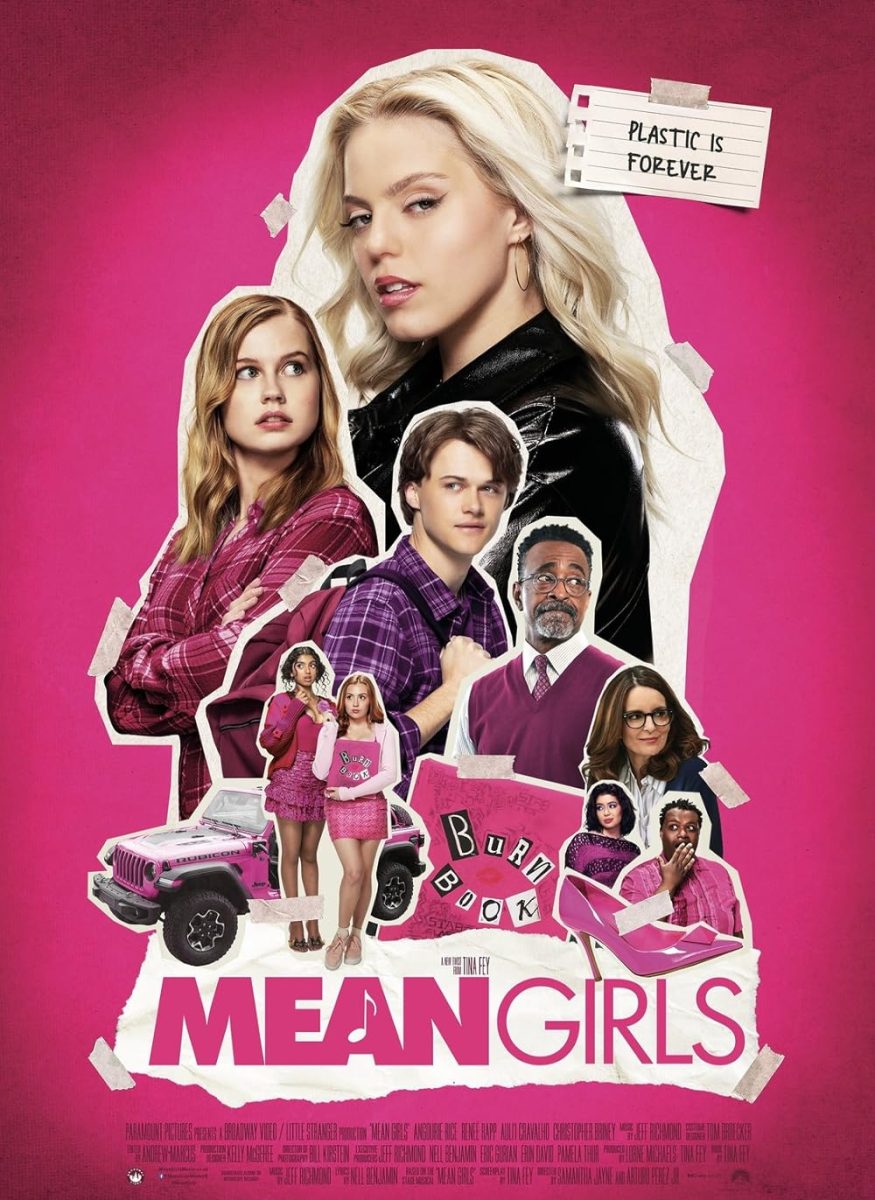Staff Writer
Marvel has announced that they are planning to develop a stand-alone movie for Black Widow, a character played by Scarlett Johansson featured in “Iron Man 2” and “The Avengers.”
By doing this, Marvel will be making Black Widow the first female superhero with her own movie on the big screen.
Being a fan of comics and Marvel myself, I’m excited to finally see one of my favorite heroines have the long overdue time on the big screen she deserves, especially since DC comics had decided against a solo movie for Wonder Woman, much to my dismay.
Marvel has developed Natasha Romanoff, codename: Black Widow, into an interesting character who paves the way for a promising movie. Black Widow made her first appearance in Tales of Suspense issue # 52 in 1964, and has been appearing in theaters since her role in “Iron Man 2” in 2010. She has challenged the idea that women in comic books are solely present to be eye candy or to be saved.
Even the opening of “The Avengers” features Romanoff seemingly helpless and bound to a chair right before she receives a phone call and proceeds to take down everyone in the room.
The solo Black Widow movie would be a contrast to the way women not only in comic books, but in all media outlets have been portrayed in the past.
According to English teacher Karen Kruse, women’s roles have typically involved them being helpless or housewives. Female characters in comic books were no exception.
“At any time period you can get some neatly drawn characters where you’re just like wow, I can really…Feel who this person is,” said Kruse. “Maybe some of the situations that they’re finding themselves in are just kind of what you would expect, like the damsel in distress or the mother figure.”
In the beginning, the comic book fanbase could be best described as a “boys only” club.
The characters were usually designed to appeal to a male audience. Male heroes dominated the comic book world and most ended up with their own series.
Women in early comics were almost nonexistent, and the few that were there played the classic damsel in distress and secondary role. In fact, many female characters have been subjected to gruesome acts of violence or killed off, a troupe commonly referred to as “women in refrigerators,” in order to create an intricate story-line for the male hero that is designed around seeking revenge.
Big Barda was a victim of such writing, despite her powers and the fact that she was physically stronger than her superhero husband, Mr. Miracle. She was killed in her kitchen in the first issue of “Death of the New Gods,” published in 2007, with no real evidence of a struggle or fight. This allowed for a story centered around her husband and his struggle after her death.
Although Lois Lane’s character is known for being a strong willed reporter, her own series was titled “Superman’s Girlfriend Lois Lane.” In said series, she was portrayed as purely love struck and dismissed just about any inconsiderate behavior from Superman.
Even Wonder Woman had a secretary alter-ego that was chasing the male interest, Steve Trevor. It wasn’t until she put on her costume that she became the Wonder Woman we all know and love.
Females were also incredibly objectified and sexaulized with unrealistic body proportions and costumes. The infamous She-Hulk fit the stereotypical beautiful woman mold pretty well. The only real difference with her was the fact that her skin was green.
This raises an interesting question: why does the Hulk grow about five sizes when he transforms while She-Hulk gains a bit of muscle while her shirt tears open?
Don’t get me wrong, there’s no problem with looking good while you fight crime, but I think we can all agree that Power Girl’s costume is a little ridiculous. It might not have been so bad if not for the massive hole in her top specifically designed to show cleavage.
Of course, it’s debatable over whether or not the skimpy costumes were really a negative or a positive thing for the women in comic books.
“On the one hand people could be like, ‘oh well that’s female empowerment,” said Kruse. “And on the other hand people will say, ‘well that just perpetuates the stereotype that one thing that makes women valuable is their attractiveness or their sexuality.”
Personally, I’ve always had issues with the fact that it’s always the same woman saving the day, implying that only certain kinds of girls can be heroic and strong.
However, it seems like women in comic books have been changing for the better. In the 1970’s more female characters were being written for the sake of getting more female readers. Regardless, comic books continued to portray women in a stereotypical fashion which didn’t attract many new female fans.
Comic book writers began creating stronger women for the sake of making interesting and well-developed characters. In the 80’s, comic book writers John Byrne and Chris Claremont adopted the X-men and began writing stronger female characters such as Storm and Jean Grey.
Byrne also worked on the Fantastic Four and developed the Invisible Woman as the strongest member of the team through her assertiveness and self confidence.
Math teacher Mike Riedy has been a fan of comics for about 40 years, and believes female characters in comics have been developing positively over time.
“I think there’s been a positive swing towards how we as readers perceive females and how those females are being written,” said Riedy.“Instead of being a secondary character with throw away powers, now all of sudden they’re major influences in the comic world.”
Characters such as Miss Marvel, Hawkgirl, Black Canary and Wonder Woman have taken up stronger leadership roles, in contrast to the way they were written when they were first created.
Jessica Jones, who was apart of the Avengers in the “New Avengers” series, gave up her abilities in her story in order to create the Alias private detective agency, and was celebrated for the fact that she could think rather than what she could do with her powers.
History teacher David Schnell has also been a fan of comics since he was a child and has noticed a change in the writing of women.
“I think there are some women who have taken on leadership roles,” said Schnell. “That have been taken apart from the idea that ‘oh this is a woman in charge,’ as much as it’s just another hero in charge.”
Black Widow has proven she is more than capable of fighting for herself and taking on that leadership role. Marvel has allowed for even more character development for Black Widow as she will be getting more of a backstory in the upcoming film “Captain America: The Winter Soldier,” and we will really see her in action in her own movie.
“I think it’d be good to just get that conversation going,” Kruse said. “Can women make good action figures? What does it take to make a good woman action figure? Is that different than what it takes for a guy superhero? Yes or no? Why? Should it make a difference, what the gender is of your superhero? That would just be really interesting conversations to have, really think about what it means to be heroic.”
The movie could lead to more female heroes having their turn in the spotlight. Although DC had given up on the development of a solo Wonder Woman movie, she is still going to be involved in three upcoming feature film projects including a Justice League movie. Netflix has also teamed up with Marvel in order to create new shows for various characters such as Jessica Jones and Peggy Carter.
“I hope it starts a snowball effect,” said Riedy. “And maybe the success of this movie will bring about better writing of the comics for women, and awareness in culture that there’s women’s stories worth reading.There’s women characters that could carry their own movie, or comic book.”










































































